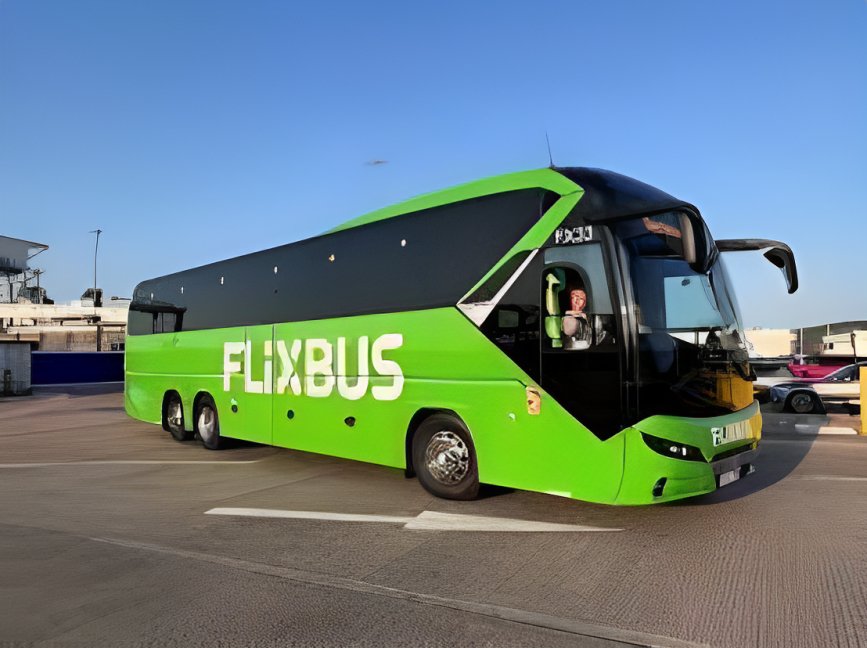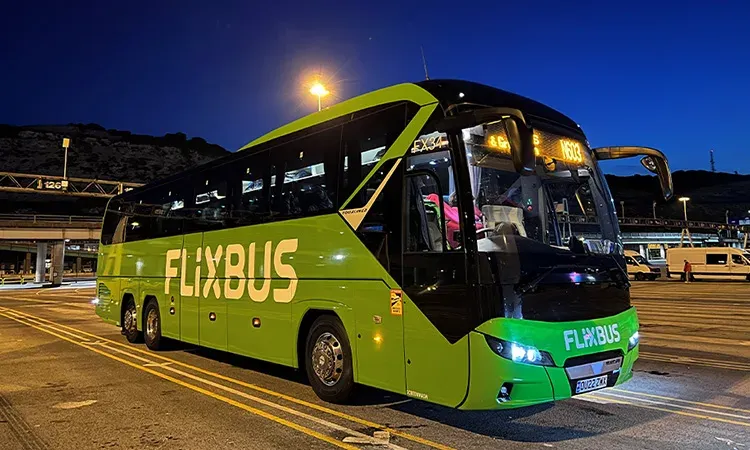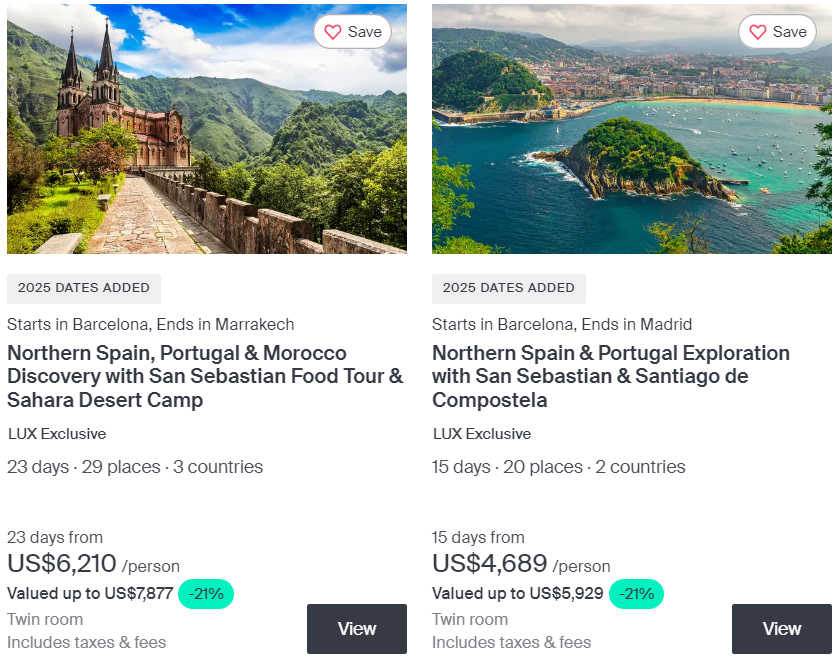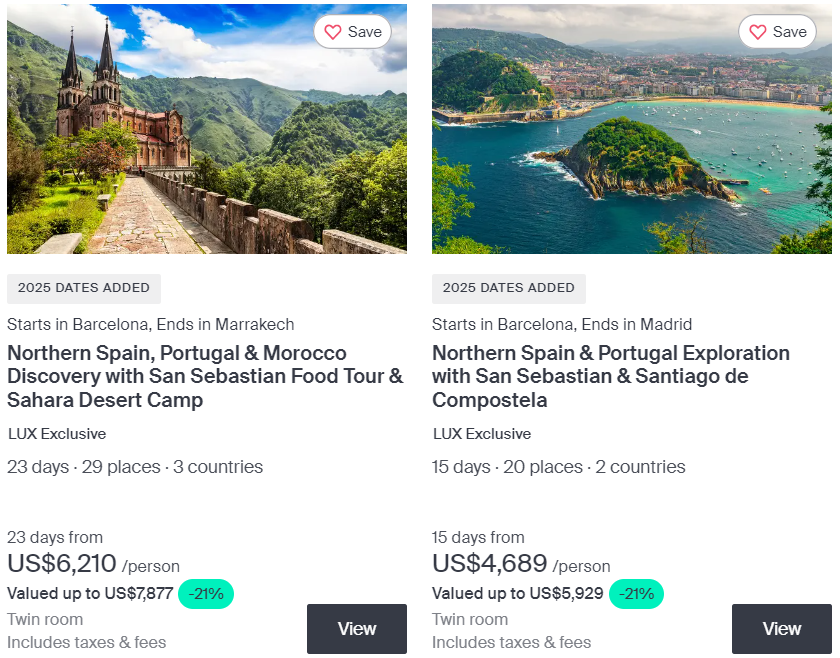Introduction
When it comes to travel, finding the right transportation option is crucial for a seamless and enjoyable journey. With an array of choices available today, it can be overwhelming to decide which mode of transportation suits your needs best. In recent years, FlixBus has emerged as a popular alternative to traditional travel methods like planes, trains, and cars. In this blog, we will explore the benefits and drawbacks of FlixBus compared to other transportation options, helping you make an informed decision for your next adventure.

FlixBus: A Game-Changer in the Travel Industry
FlixBus, a European-based long-distance bus company, has revolutionized the way people travel within Europe and expanded its services to various parts of the world. One of the main attractions of FlixBus is its affordable fares, making it an excellent budget-friendly choice for travelers. With a wide network of routes and frequent departures, FlixBus offers flexibility and convenience, allowing passengers to reach numerous destinations without hassle. The company’s modern fleet of buses, equipped with Wi-Fi, comfortable seats, and onboard facilities, promises a comfortable and enjoyable ride.
Advantages of FlixBus:
1. Cost-Effective Travel: FlixBus is known for its competitive pricing, often offering tickets at a fraction of the cost of other modes of transportation. This makes it an attractive option for budget-conscious travelers or those seeking to save money for other aspects of their trip.
2. Extensive Route Network: FlixBus operates across a vast network of routes, connecting cities and towns that may not have direct flights or train connections. This allows travelers to explore off-the-beaten-path destinations that might otherwise be challenging to reach.
3. Eco-Friendly Approach: FlixBus is committed to reducing its carbon footprint, making it a greener alternative to individual car travel. By choosing FlixBus, passengers contribute to reducing overall emissions, making it a sustainable option for environmentally-conscious travelers.
4. Convenient Departure Times: FlixBus often offers a range of departure times throughout the day, providing flexibility for travelers to select the schedule that best suits their itinerary. This is especially advantageous for those with busy travel plans or last-minute changes.
5. Onboard Amenities: FlixBus provides essential amenities such as Wi-Fi, power outlets, and reclining seats, ensuring a comfortable and connected journey. Some buses also offer additional features like snacks and beverages for purchase.
Exploring Other Transportation Options
While FlixBus presents an array of benefits, it’s essential to consider other transportation options to determine the best fit for your specific travel needs. Let’s take a closer look at some alternatives:
1. Air Travel:
Advantages: Air travel is the fastest mode of transportation, making it ideal for long-distance journeys or when time is of the essence. Airlines often offer promotional fares, making flights more affordable if booked in advance.
Drawbacks: Air travel can be expensive, especially for last-minute bookings. Additionally, travelers must consider the time spent on security checks, boarding procedures, and baggage claim, which can add to the overall travel time.
2. Train Travel:
Advantages: Trains offer a comfortable and scenic mode of travel, allowing passengers to relax and enjoy the passing landscapes. They often connect city centers, eliminating the need for lengthy transfers.
Drawbacks: Train tickets can be costly, particularly for high-speed and long-distance journeys. While trains are efficient within countries with well-developed rail networks, they may not be as convenient for international travel.
3. Car Travel:
Advantages: Driving by car provides the freedom to create personalized itineraries and explore remote areas not accessible by other means. It also allows for spontaneous stops along the way.
Drawbacks: Car travel can be time-consuming, especially for long distances. Fuel costs, tolls, and parking fees can add up, making it less economical for solo travelers. Additionally, driving in unfamiliar places may be stressful or challenging.
4. Ride-Sharing Services:
Advantages: Ride-sharing services like Uber or Lyft offer door-to-door convenience and can sometimes be more cost-effective for short distances, particularly in urban areas.
Drawbacks: Ride-sharing costs can quickly escalate for longer journeys, making them less economical than other transportation options. Additionally, the availability of drivers may vary depending on the location and time of day.
Conclusion
Choosing the right transportation option for your journey depends on various factors, including budget, time constraints, comfort preferences, and the destinations you wish to explore. FlixBus has emerged as a game-changer in the travel industry, offering a budget-friendly, convenient, and eco-friendly alternative to other modes of transportation. Its extensive route network and modern amenities make it a viable choice for many travelers.
However, each transportation option comes with its own set of advantages and drawbacks. Air travel is unbeatable in terms of speed, while trains offer comfort and scenic routes. Car travel grants you the freedom to explore, but ride-sharing services provide convenient urban transportation.
Ultimately, the right choice depends on your specific travel needs and preferences. For short distances and budget-conscious travelers, FlixBus might be the ideal solution. If time is of the essence or you wish to explore remote destinations, air travel could be the best option. Consider your priorities, do some research, and make an informed decision to ensure a memorable and enjoyable journey. Happy travels!




















